
ANDAMAN PARTNERS Wishes You a Merry Christmas and Happy New Year!
Merry Christmas and Happy New Year from ANDAMAN PARTNERS!
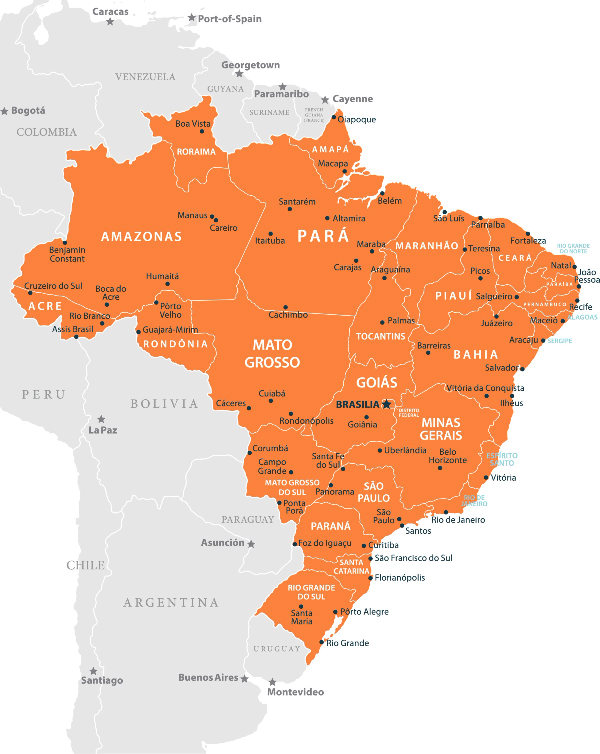
NOTE: This is a brief summary of the full Country Profile, which can be viewed or downloaded at the link below.
Brazil’s USD 2.2 trillion economy is the world’s ninth-largest by nominal value, with agriculture, mining, manufacturing and services as key sectors. GDP is forecast to reach USD 2.7 trillion in 2030.
Brazil has a total land area of 8.51 million square kilometres.
Government is a democracy with a presidential and federal system.
Main economic hubs: Sao Paulo, Rio de Janeiro, Belo Horizonte, Porto Alegre.
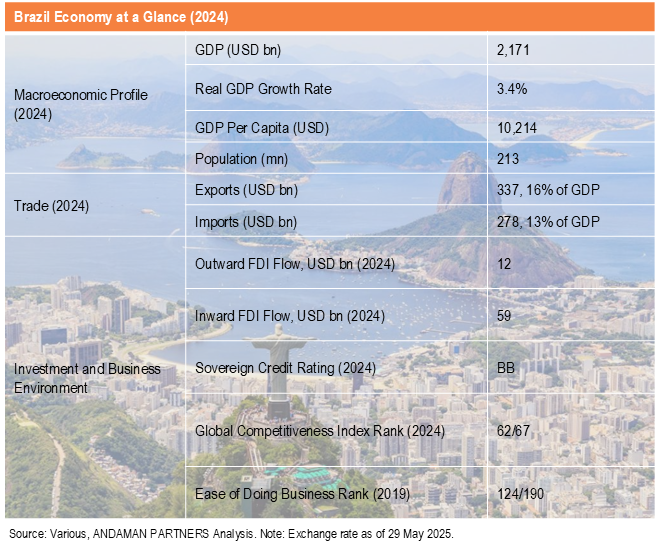
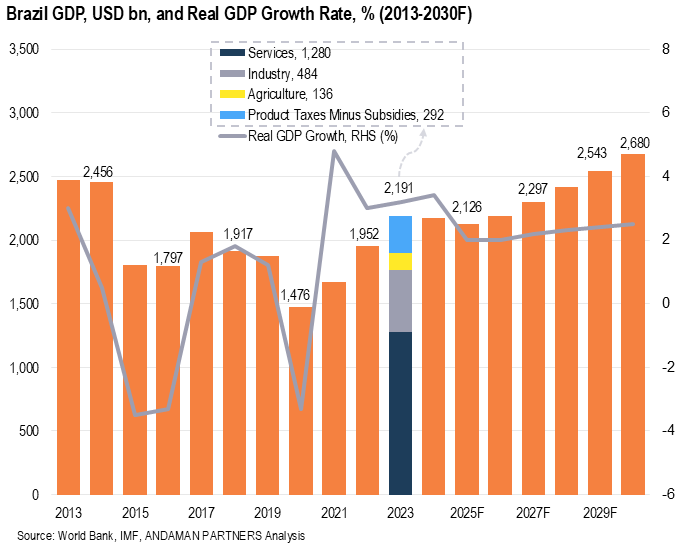
Brazil’s economy recovered steadily post-2020 driven by services, with modest contributions from industry and agriculture. Real GDP growth is forecast to stabilise at around 2% in the second half of the 2020s.
Brazil is weathering recent economic challenges, including unemployment, currency depreciation and inflation, via falling unemployment, steady inflation control and a recovering currency.
Economic recovery is marked by a decline in central government debt from a 2020 peak, with a strong rebound in household consumption. Gross Fixed Capital Formation remained subdued at 16.5% of GDP in 2023.
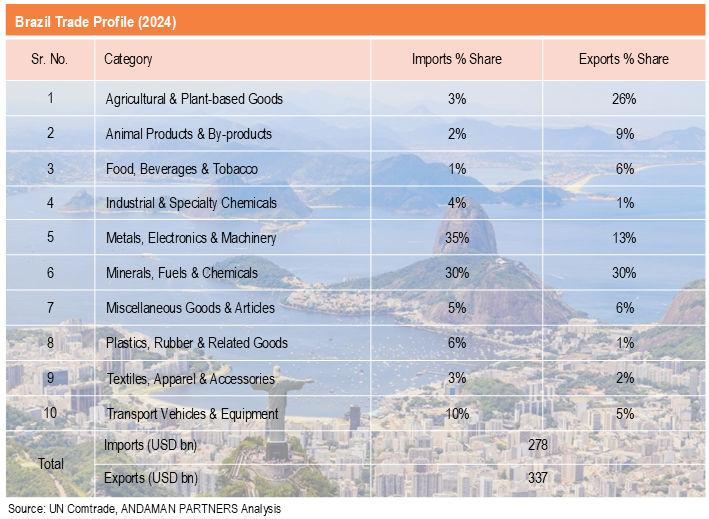
Total trade reached USD 615 billion in 2024, driven by strong export growth in Agricultural Goods and Minerals, Fuels & Chemicals, which accounted for 56% of total exports. Metals, Electronics & Machinery accounted for 35% of imports.
Leading export partners (2024): China (USD 94.4 billion), U.S. (USD 40.9 billion), Argentina (USD 13.8 billion).
Leading import partners (2024): China (USD 69.2 billion), U.S. (USD 43.2 billion), Germany (USD 14.1 billion).
To download the full Country Profile, please see the option below.
ANDAMAN PARTNERS supports international business ventures and growth. We help launch global initiatives and accelerate successful expansion across borders. If your business, operations or project requires cross-border support, contact connect@andamanpartners.com.

Merry Christmas and Happy New Year from ANDAMAN PARTNERS!

ANDAMAN PARTNERS is pleased to sponsor and support the AAMEG Pre-Indaba Cocktail.
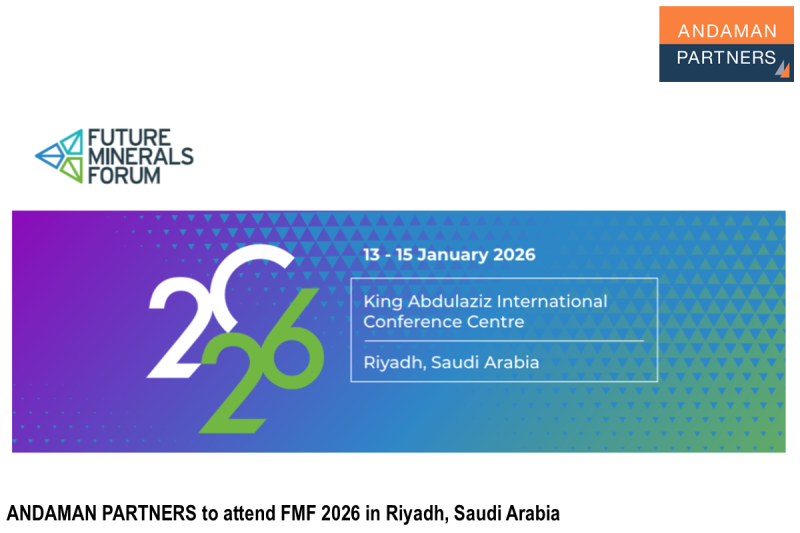
ANDAMAN PARTNERS Co-Founders Kobus van der Wath and Rachel Wu will attend the Future Minerals Forum (FMF) in Riyadh, Saudi Arabia.

ANDAMAN PARTNERS outlines, unpacks and unravels some of the broad shifts and finer intricacies of China’s economic development and transition in 2026.

Asian fintech structural adoption continues to deepen, especially in digital payments, even as fintech funding in the region is in a down cycle.
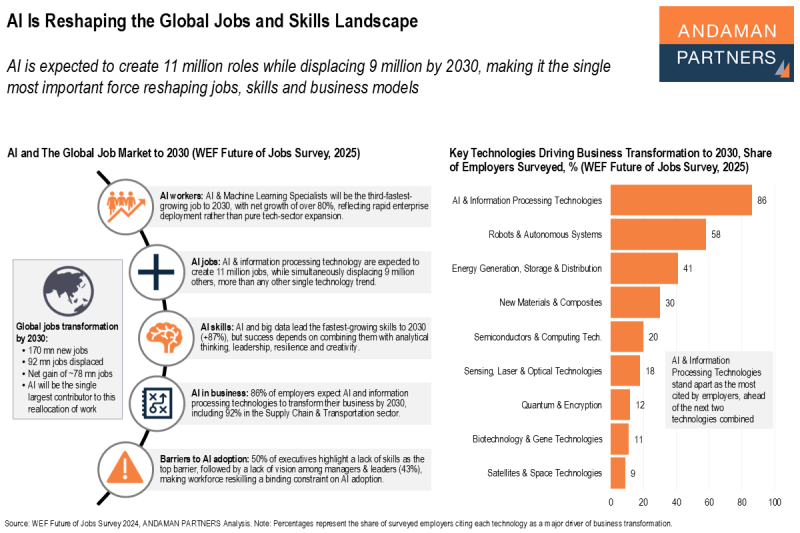
AI is expected to create 11 million roles while displacing 9 million by 2030, making it the single most important force reshaping jobs, skills and business models.